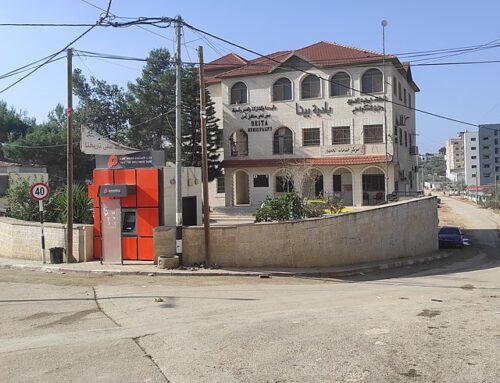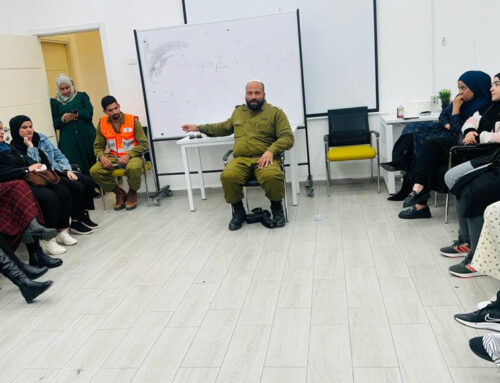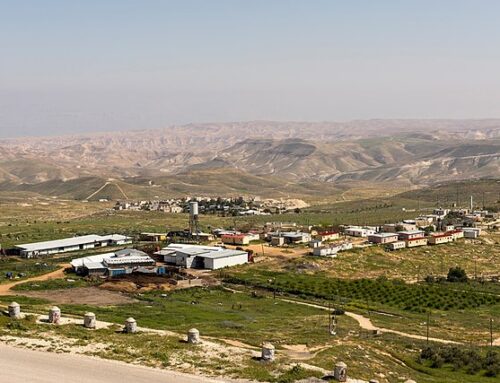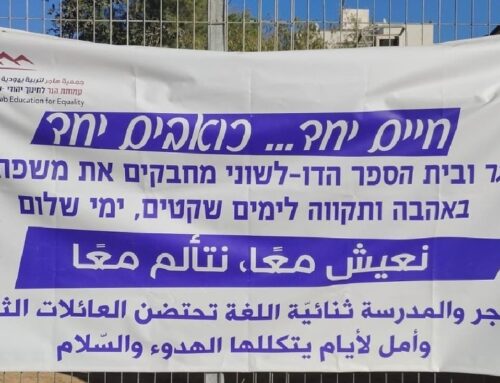 My interview with filmmaker Eran Riklis was published in The Forward’s Arty Semite cultural blog on the morning of Friday, Sept. 13. (His latest film, Zaytoun, is being released commercially in New York on Sept. 20, with a further US rollout to follow.) Since I had a thousand-word limit, some of our conversation could not be included.
My interview with filmmaker Eran Riklis was published in The Forward’s Arty Semite cultural blog on the morning of Friday, Sept. 13. (His latest film, Zaytoun, is being released commercially in New York on Sept. 20, with a further US rollout to follow.) Since I had a thousand-word limit, some of our conversation could not be included.
| Eran Riklis |
For example, he explained that his excellent command of American English comes from having spent much of his childhood at various times in North America. His father earned his Ph.D. in biochemistry at McGill University in Montreal and later taught at Columbia and Yale Universities. Riklis also attended the American high school in Rio de Janeiro, Brazil, where his father served as science attaché for the Israeli embassy.
Also omitted was his discussion of the use of computerization in his film. He viewed the 1994 film, Forest Gump, as a revelation on how simple effects, not just “special effects,” could be produced. So he was able to believably convey a scene of many aircraft flying overhead into Lebanon at the beginning of the 1982 war, totally via computer. This also allowed him to utilize the port of Haifa, the lower city, as his stand-in for Beirut in the midst of its civil war in ’82. He was able to easily erase the newer buildings and port facilities that now inhabit the same visual space as lower Haifa, and also to pock mark the buildings he included, as if they were riddled with bullets.
We also discussed the location he found for the abandoned Palestinian village that represented the ancestral village that his adolescent Palestinian character was hankering to find. It’s an actual site near Safed in the Galilee, from which Palestinians had fled or were forced out during the 1948 war, described by Riklis as one of the most beautiful spots in Israel. The villagers never left Israel, however, and asked to return to their homes — a request denied by the government — but they were permitted, according to Riklis, to rebuild their village “about 200 yards away.” So these villagers were numbered among the “present absentees,” Palestinians who did not become stateless refugees but were internally displaced within Israel.
Finally, I asked him if he ever thought about what would become of the boy, Fahed, returning to his grandfather’s home in the Shatila Refugee Camp in Beirut. I suggested that he’d likely be murdered in the massacre that occurred a couple of months later, at the hands of Christian militiamen. He said he had thought of that; but in this odd speculation on the ultimate fate of a fictional character, he felt that Fahed was “a survivor,” and that somehow he would have found a way to make it through:
. . . Maybe today he’d be here [in New York] with the Palestinian delegation to the UN, arguing with Israelis. . . . But at other times I think of the reality [of his probable demise in the Sabra and Shatila massacre]. That he was living in a world where nobody would take him in.






Leave A Comment